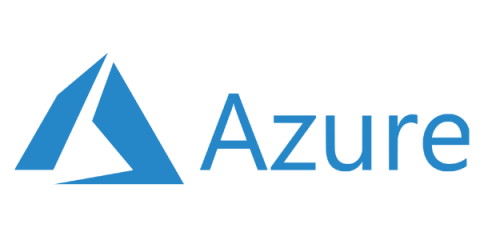Introducing Bitrise Trace
Colin Hemmings, Product Manager at Bitrise introduces Trace, the new application performance monitoring (APM) solution we are building here at Bitrise Trace is monitoring made specifically for mobile, helping you catch bugs before they reach your users. With Trace, you’ll be able to have a complete view of these issues with full context, so that you can assess, reproduce, and fix them as quickly as possible.











